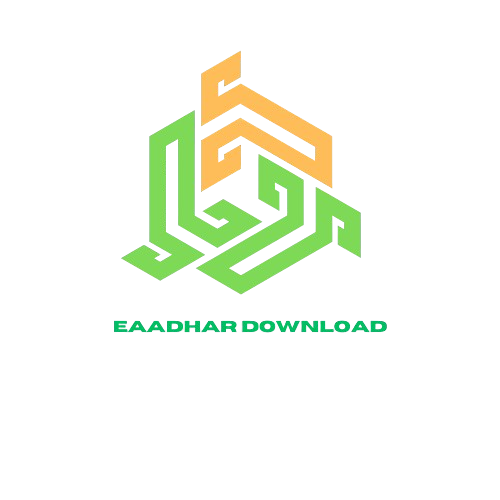In the vast and ever-expanding landscape of the internet, the Hidden Wiki stands as a mysterious gateway into the depths of the darknet—a parallel universe where anonymity reigns supreme and conventional rules of engagement are challenged. Accessible only through specialized tools like Tor, the Hidden Wiki serves as a portal to an alternative internet, offering a platform for unrestricted communication and the exchange of information beyond the purview of mainstream search engines.
Genesis and Evolution
The Hidden Wiki originated in the early 2000s as a grassroots effort to catalog websites that were not indexed by traditional search engines. Initially serving as a directory for obscure and niche content, it swiftly evolved into a decentralized repository encompassing a wide spectrum of interests and activities. Over time, it became a focal point for individuals hidden wiki seeking privacy, free expression, and refuge from censorship.
Navigating the Darknet
Accessing the Hidden Wiki requires navigating the complexities of the darknet, a network designed to prioritize anonymity through layered encryption. Tor, the primary gateway, anonymizes users’ internet traffic by routing it through a series of nodes, making it exceedingly difficult to trace identities or monitor activities. This veil of anonymity empowers users to explore sensitive subjects and access content that may be restricted or censored elsewhere.
The Darknet’s Diverse Tapestry
Within the Hidden Wiki, users encounter a diverse tapestry of content and communities:
- Marketplaces: Among the most infamous features of the darknet are its marketplaces, where transactions are conducted anonymously. These marketplaces facilitate the trade of both legal goods and services, such as rare books or specialized software, as well as illicit items like drugs, counterfeit currency, and stolen data.
- Forums and Discussion Boards: The Hidden Wiki hosts numerous forums dedicated to a broad array of topics, from technology and cryptography to politics and philosophy. These forums serve as havens for open dialogue and intellectual exchange, often free from the constraints of mainstream discourse.
- Privacy and Security Tools: Sections of the Hidden Wiki focus on tools and resources designed to enhance online anonymity and protect digital privacy. These include guides on encryption, secure communication platforms, and strategies for evading surveillance.
Ethical Contemplations and Legal Ramifications
The Hidden Wiki’s existence poses profound ethical questions and legal challenges. While it champions freedom of expression and information access, it also harbors criminal activities such as illicit trade and exploitation. Law enforcement agencies worldwide grapple with the dual mandate of safeguarding public safety while respecting digital privacy rights and freedoms.
Future Horizons
As technology continues to evolve and societies navigate the implications of digital anonymity and security, the future of the Hidden Wiki remains uncertain. Advocates advocate for preserving the darknet’s role in protecting privacy and enabling free speech, emphasizing its importance in combating censorship and promoting transparency. Conversely, policymakers strive to mitigate the darknet’s potential for abuse and criminal exploitation while upholding legal frameworks and societal norms.
Conclusion
The Hidden Wiki represents a frontier in the digital landscape—a realm where anonymity empowers both liberation and illicit activities, fostering innovation while challenging established norms. Its impact transcends technological boundaries, stimulating global conversations about privacy rights, cybersecurity, and the boundaries of online governance. As we navigate the complexities of the digital age, the Hidden Wiki prompts introspection on the delicate balance between personal freedoms, societal responsibilities, and the evolving contours of digital ethics.
